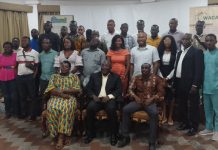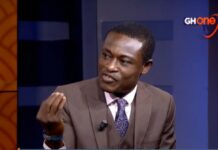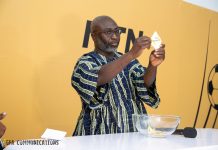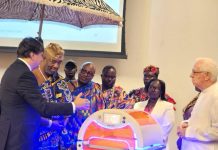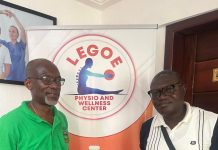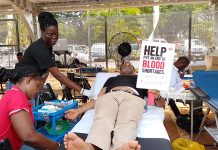Religious people facing life crises rely on emotion-regulation strategies that psychologists also use, a new study finds. They look for positive ways of thinking about hardship, a practice known to psychologists as “cognitive reappraisal.” They also tend to have confidence in their ability to cope with difficulty, a trait called “coping self-efficacy.” Both have been shown to reduce symptoms of anxiety and depression.
The new findings are reported in the Journal of Religion and Health.
“It appears that religious people are making use of some of the same tools that psychologists have systematically identified as effective in increasing well-being and protecting against distress,” said Florin Dolcos, a professor of psychology in the Beckman Institute for Advanced Science and Technology at the University of Illinois Urbana-Champaign, who led the study with psychology professor Sanda Dolcos and graduate student Kelly Hohl. “This suggests that science and religion are on the same page when it comes to coping with hardship,” he said.
The research was prompted in part by earlier studies demonstrating that people who are religious tend to use a coping strategy that closely resembles cognitive reappraisal.
“For example, when somebody dies, a religious person may say, ‘OK, now they are with God,’ while someone who isn’t religious may say, ‘Well, at least they are not suffering anymore,'” Florin Dolcos said. In both cases, the individual finds comfort in framing the situation in a more positive light.
To determine if religious people rely on — and benefit from — reappraisal as an emotion-regulation strategy, the researchers recruited 203 participants with no clinical diagnoses of depression or anxiety. Fifty-seven of the study subjects also answered questions about their level of religiosity or spirituality.
The researchers asked participants to select from a series of options describing their attitudes and practices.
“We asked them about their coping styles. So, for religious coping, we asked if they try to find comfort in their religious or spiritual beliefs,” Hohl said. “We asked them how often they reappraise negative situations to find a more positive way of framing them or whether they suppress their emotions.”
The researchers also evaluated participants’ confidence in their ability to cope and asked them questions designed to measure their symptoms of depression and anxiety.
Hohl said she looked for correlations between coping strategies, religious or nonreligious attitudes and practices, and levels of distress. She also conducted a mediation analysis to determine which practices specifically influenced outcomes like depression or anxiety.
“If we are just looking at the relationship between religious coping and lower anxiety, we don’t know exactly which strategy is facilitating this positive outcome,” Sanda Dolcos said. “The mediation analysis helps us determine whether religious people are using reappraisal as an effective way of lessening their distress.”
The analysis also shows whether an individual’s confidence in their ability to handle crises — another factor that psychological studies have found is associated with less depression and anxiety — “facilitates the protecting role of religious coping against such symptoms of emotional distress,” Sanda Dolcos said. “We found that if people are using religious coping, then they also have decreased anxiety or depressive symptoms.”
Cognitive reappraisal and coping self-efficacy were contributing to those decreased symptoms of distress, she said.
The study should be of interest to clinical psychologists working with religious clients, Hohl said. “It should also speak to clergy members or church leaders who can promote this kind of reappraisal to help parishioners make sense of the world and increase their resilience against stress.”
“I hope this is an example of where religion and science can work together to maintain and increase well-being,” Florin Dolcos said.
Compiled by:
Dr. Osei Boaitey
Institute of Qualitative Methodology
University of Alberta, Canada
osei.boaitey@yahoo.com
Story Source:
Materials provided by the University of Illinois at Urbana-Champaign. Original written by Diana Yates. Note: Content may be edited for style and length.

